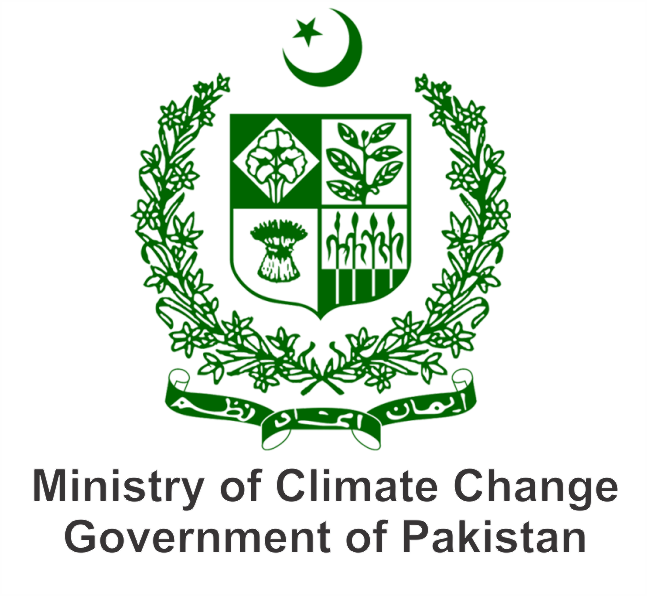Addressing drivers of deforestation and forest degradation has been at the heart of REDD+ discussions and UNFCCC negotiations for many years. Decision 2 of the Thirteenth Meeting of the Conference of the Parties (COP 13) to the UNFCCC in Bali, Indonesia encouraged Parties ‘to explore a range of actions, identify options and undertake efforts, including demonstration activities, to address the drivers of deforestation.’
Decision 1 of COP 16 in Cancun reiterated the need for all Parties to act to address drivers of deforestation (paragraph 68). It also requested developing countries to address drivers of deforestation and forest degradation when developing and implementing their national strategies and action plans (paragraph 72).
Pakistan is the sixth most populous country of the world and is classified as a middle-income, developing country. Even though Pakistan is a small emitter of global Greenhouse Gas emissions (GHG) and contributes approximately 0.8% towards global emissions, it is listed among the ten most vulnerable country to the impacts of climate change, as per the Global Climate Risk Index developed by German Watch. Contributions of ‘Land Use, Land use Changes and Forestry’ (LULUCF) sector in overall emissions profile of the country are merely 2% (or 10.39 MT CO2eq). However, these emissions are consistently increasing due to an alarming rate of deforestation. It is anticipated that by 2030, Pakistan’s emissions from LULUCF sector will increase to 29 MT CO2eq (Pakistan’s NDC, 2016).
Pakistan lost an average of 11,000 hectares of forest annually between 2004-2012 (FREL, 2020). The dynamics and causes of deforestation and forest degradation are multi-faceted and complex, and they vary from place to place. Direct drivers are associated with a complex set of underlying drivers that need to be tackled if efforts to address the direct drivers are to be successful in the long term.
National REDD+ Strategy proposes measures and actions to address the drivers harmonizing with different development objectives, taking into account the need for food security and improved livelihoods, climate change mitigation and adaptation, and enhanced environmental conservation. A cross-sectoral ‘landscape approach,’ encompassing all land uses, would contribute to reducing both deforestation and forest degradation while meeting future demands for food and nutrition.
The National REDD+ Strategy is one of the four readiness elements for Pakistan to be able to participate in the REDD+ mechanism under the UNFCCC. The Strategy provides background information about the forest cover and the drivers of deforestation and forest degradation in Pakistan. It proposes different Strategic Options to address the main direct drivers of deforestation and forest degradation by modifying productive practices to improve sustainability and suggest an implementation framework consisting of the actions required to address drivers of deforestation and forest degradation, and the barriers that prevent the sustainable management of forest and the enhancement of carbon stocks.


